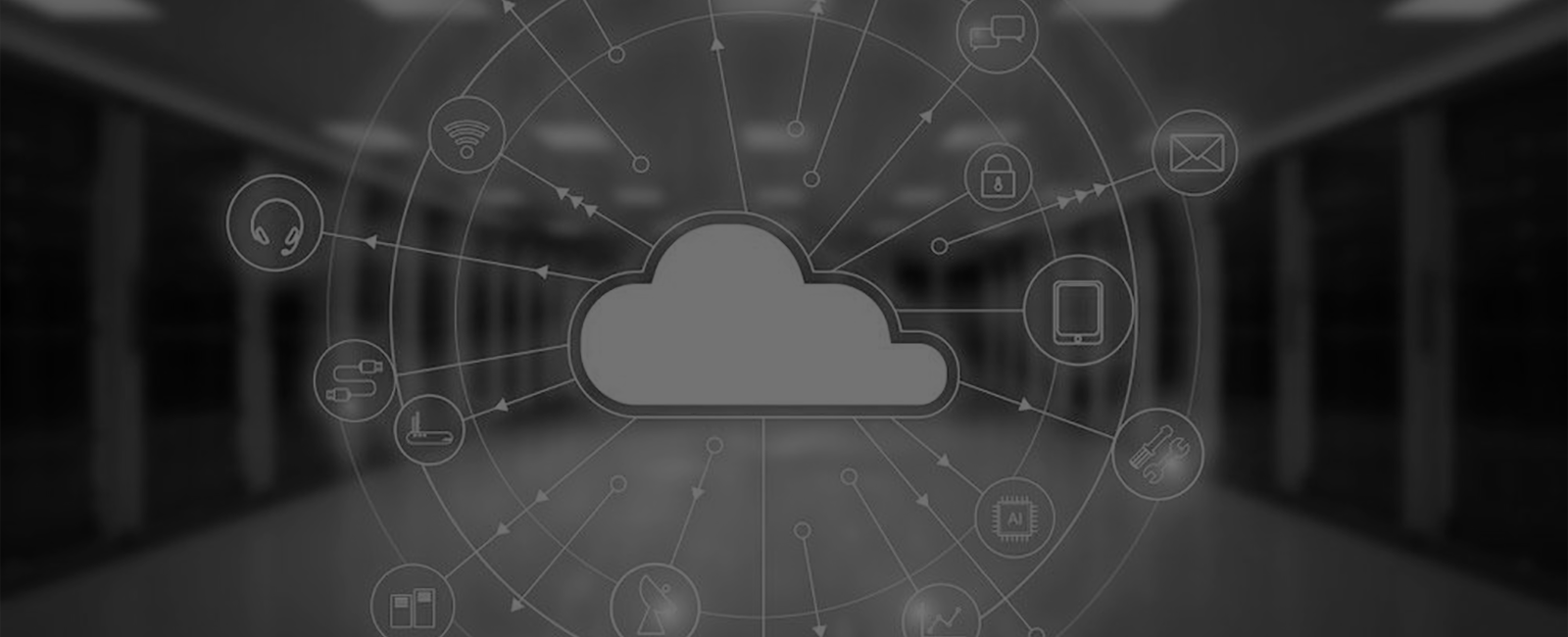Here are the factors to be considered:
Factor #1: Legacy Application – Legacy applications could be on primitive hardware/software (OS/DB) and migrating them to cloud could require an upgrade or re-platforming exercise which could be complex and time consuming.
Factor #2: Scale & Security – SAP landscapes are usually large and complex. A lot of planning is required to migrate SAP applications to cloud. SAP customers should carefully architect cloud security per application that is intended to be migrated to cloud-based on their respective level of data sensitivity.
Factor #3: Cost-benefit – SAP customers must have to do a lot of analysis before selecting the kind of cloud(Private/Public/Hybrid)
Factor #4: SAP Skills & In-flight Projects – Both SAP and Cloud skillsets are required to migrate and operate SAP applications on the cloud and could be hard to get. Customers may have other ongoing in-house competing projects which may impact migration timelines for SAP landscape.
Reasons for migration:
1. Move:
- True “Lift & Shift”
- No changes to the application
- No changes to underlying OS/DB
2. Migrate: At least one of the following is changed
- OS and/or DB
- Addition testing effort is required
3. Transform:
- OS and/or DB is changed
- Transformation complexity – consolidate, harmonize, merge, or split as part of the scope
- Additional testing effort is required
4. Reimplement:
- Application will be re-implemented from scratch.
- Business Re-engineering.
